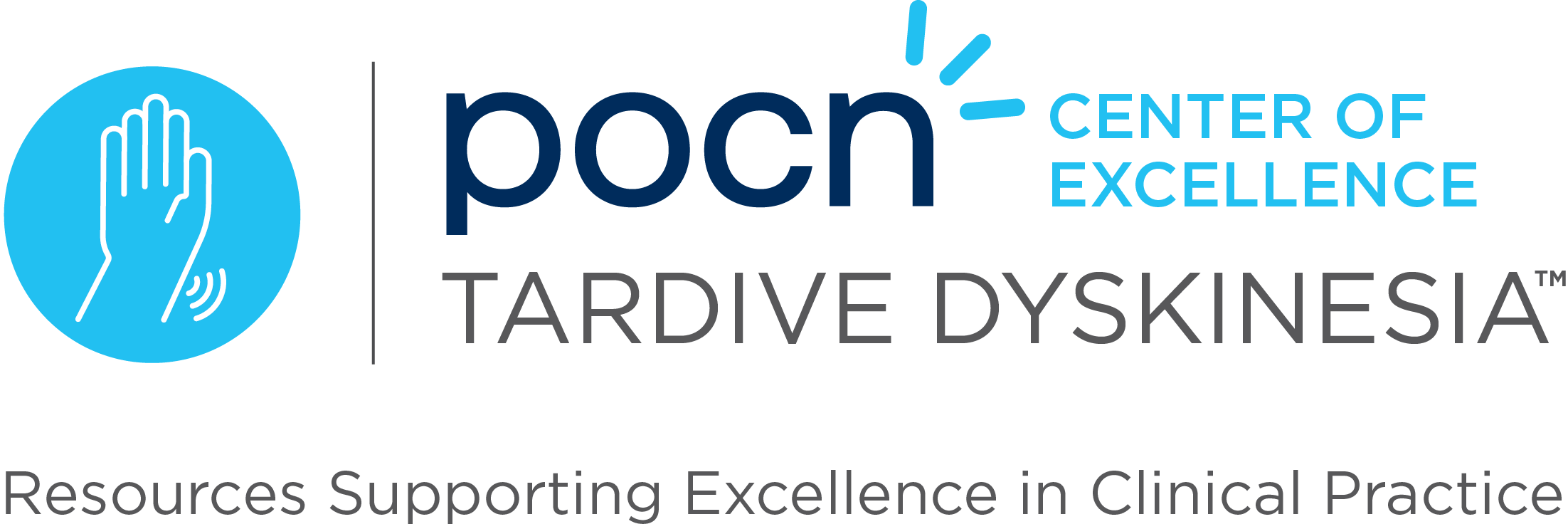In this study, researchers aimed to evaluate the efficacy and safety of transcranial direct current stimulation (tDCS) in treating tardive dyskinesia (TD) in chronically hospitalized patients with schizophrenia. A total of 64 inpatients were randomly assigned to either the active (N=35) or sham (N=29) group, with 15 treatment sessions over 30 minutes each. The primary outcome, measured using the Abnormal Involuntary Movements Scale (AIMS), showed a significant reduction in AIMS scores, particularly the facial-oral subscore, in the active group compared to the sham group. Half of the patients in the active group showed at least a 30% improvement in AIMS scores, whereas only 8.3% of the sham group experienced similar improvement.
Secondary outcomes using the Positive and Negative Syndrome Scale and the Scale for the Assessment of Negative Symptoms showed no significant differences between the groups. While adverse effects were minimal, the active group reported a higher occurrence of a tingling sensation compared to the sham group. The findings suggest that tDCS may be an effective and safe treatment for improving facial-oral motor symptoms in patients with TD associated with schizophrenia, especially in long-term hospitalized settings.
Reference: Lyu X, Li Z, Chen S, et al. Transcranial direct current stimulation improves tardive dyskinesia in long-term hospitalized patients with chronic schizophrenia. Clin Neurophysiol. 2024;166:20-30. doi: 10.1016/j.clinph.2024.07.006.


